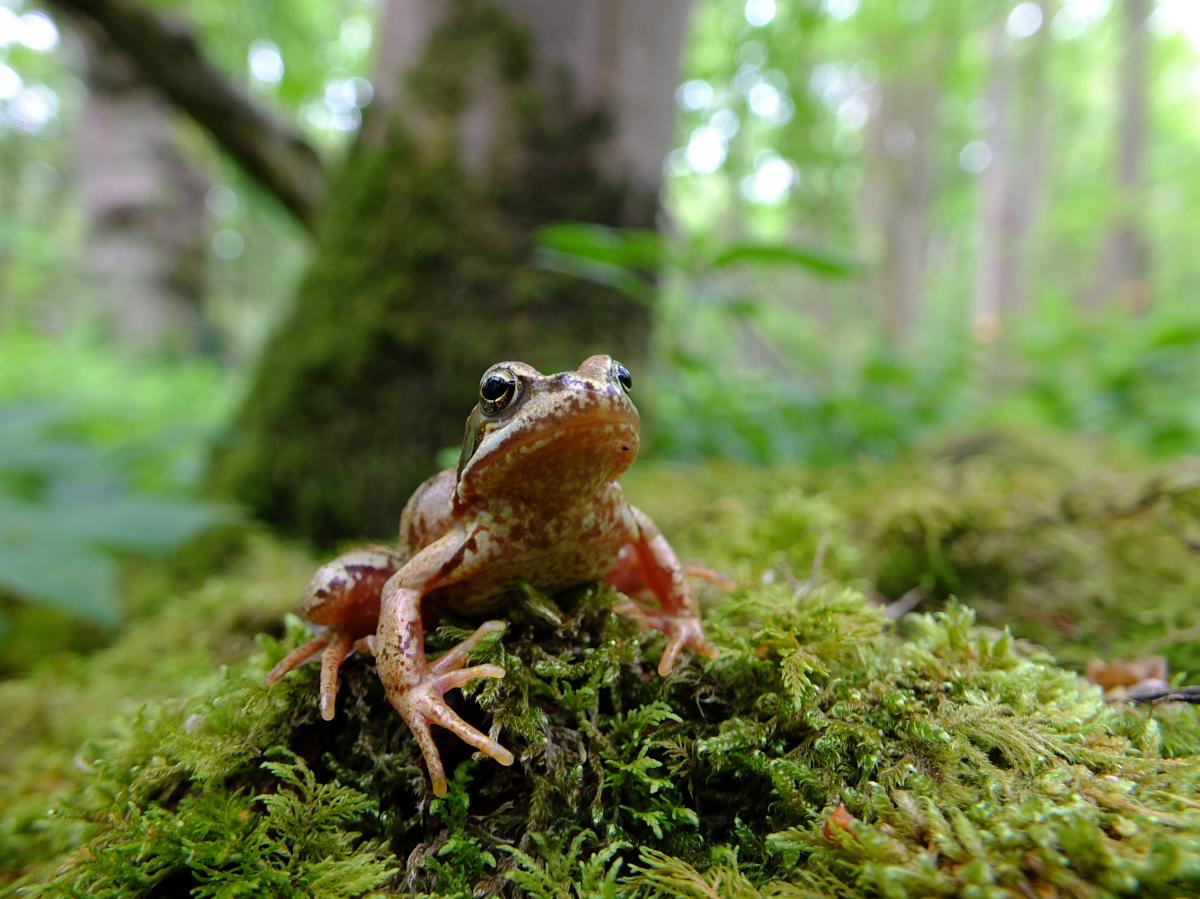Field crews are currently conducting censuses at several ForestGEO sites. Earlier this week we profiled Donglingshan and Tyson Research Center. Today we close out our mini-series by featuring Wytham Woods. (Bonus! One more installment: Wind River)
Wytham Woods: UK | 18-ha | 4 Censuses: 2008, 2010, 2017, 2021 | PI = Yadvinder Malhi
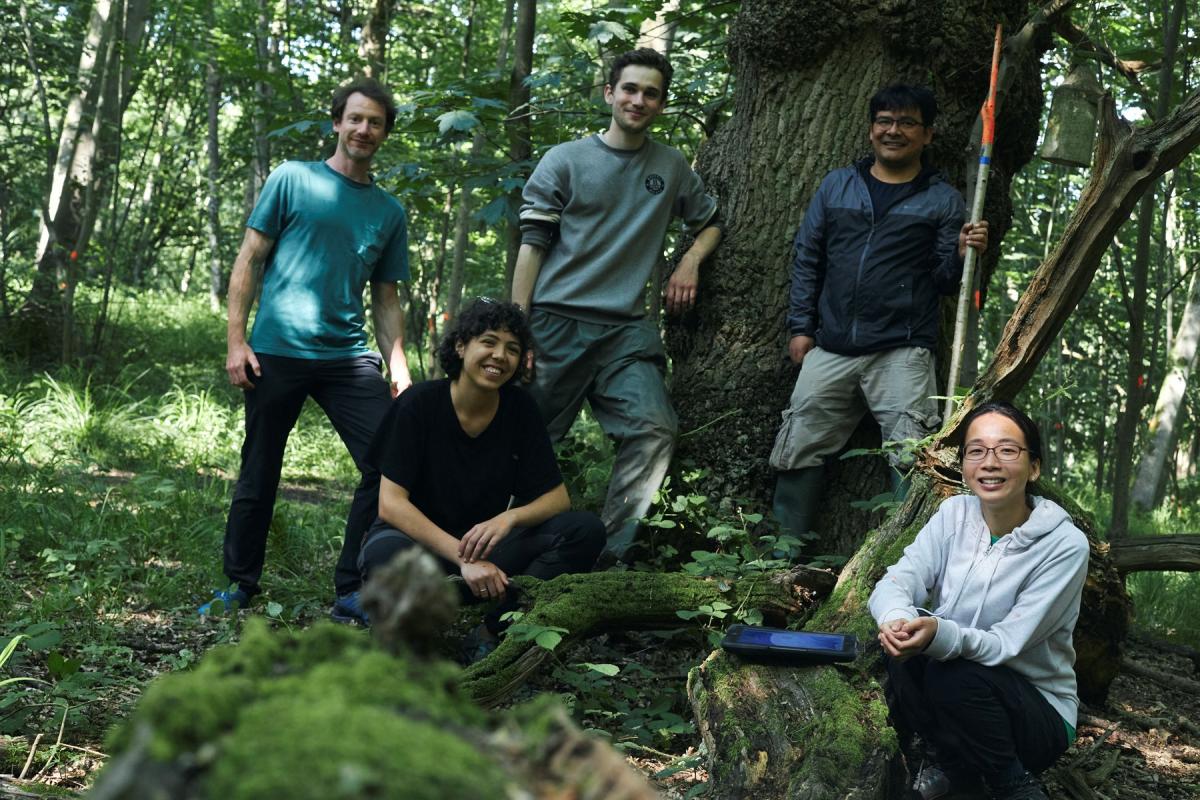
Front row: Raye Ward, Rachael Chan. Photo credit: Andrew Bailey.
How does it feel to be back in the field as parts of the world are emerging from stay-at-home orders and others are still under strict public health mandates?
“I consider myself very lucky to be able to escape the confines of buildings and Zoom and experience outdoor fieldwork firsthand once again. I have felt incredibly fortunate and almost guilty working in a place that I love with no strict mask or quarantine protocol. This has been possible because case numbers in the UK are improving, and the outdoor nature of censusing provides an extra buffer against contagion. Further, the vaccine rollout has meant that each of us has had at least one dose, including those who have been fortunate to receive one from the university's own pop-up clinic.”
- Tom Atkins (Wytham Woods crew co-leader)
What species do you encounter most while censusing your plot?
“In terms of the tree census itself – the usual suspects: sycamore, ash, hazel, and oak; several gnarled specimens of the latter possess rather extraordinary growths which make measuring a fun challenge! As an amateur entomologist I have been thrilled to see several enigmatic insect species frequently as we go about our census duties, species including the magnificent Rhinoceros Beetle (Sinodendron cylindricum) and intimidating-looking Orange-sided Comb-horn Cranefly (Ctenophora pectinicornis)! The moist soils of the woodland valley mean that we often encounter amphibians, too, such as common frogs (Rana temporaria).”
- Tom Atkins
“Our plot is dominated by sycamores. This was interesting to me, as sycamores are not native to the UK. It is speculated that they were either introduced by the Romans or the Tudors.”
- Rachael Chan (Wytham Woods crew member)
Censusing large plots requires lots of repetition. How do you keep yourself focused on the task at hand?
“The Smithsonian plots require focus because of the sheer number of trees. Often, each subplot has one or two trees that are really difficult to find (say an elder amidst a nettle bed!) Hence, I do not find it repetitive but very enjoyable as each subplot is a challenge. However, covering such a large plot takes teamwork and camaraderie; I think for my colleagues, it also requires lots of patience towards me as I'm the least experienced at fieldwork.”
- Rachael Chan
What tool do you find most helpful in doing your work – why?
“Pocket tool belt to save tags, nails, etc. Also, a digital camera to record underground flora and fauna, and ecological events.”
- Walter Huaraca Huasco (Wytham Woods crew co-leader)
“I wouldn't consider this a tool per se, but insect repellant is a must have this time of the year.”
- Rachael Chan
What do you pack for lunch most days?
“I prefer to bring biscuits, dry fruits, seeds, fresh fruits, different meals, and water.”
- Walter Huaraca Huasco
What’s one thing you’ve learned over the course of your work on this census (forest-related or not)?
“In the field, we have witnessed the significance of ash dieback. When we log the measurements of trees into our iPad, we constantly refer to past data to see how each individual tree has grown over the last 10 years. As Ash trees grow at extremely fast rates compared to other species, their deaths are particularly poignant. And because ash dieback has become so apparent, each measurement of dead or dying trees is almost like an act of remembrance.”
- Rachael Chan
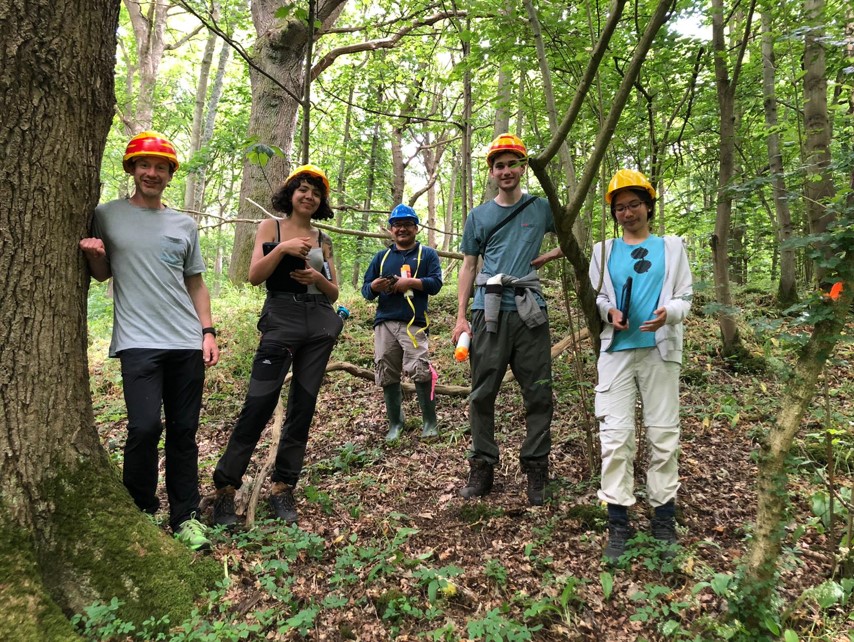
Photo credit: Yadvinder Malhi.
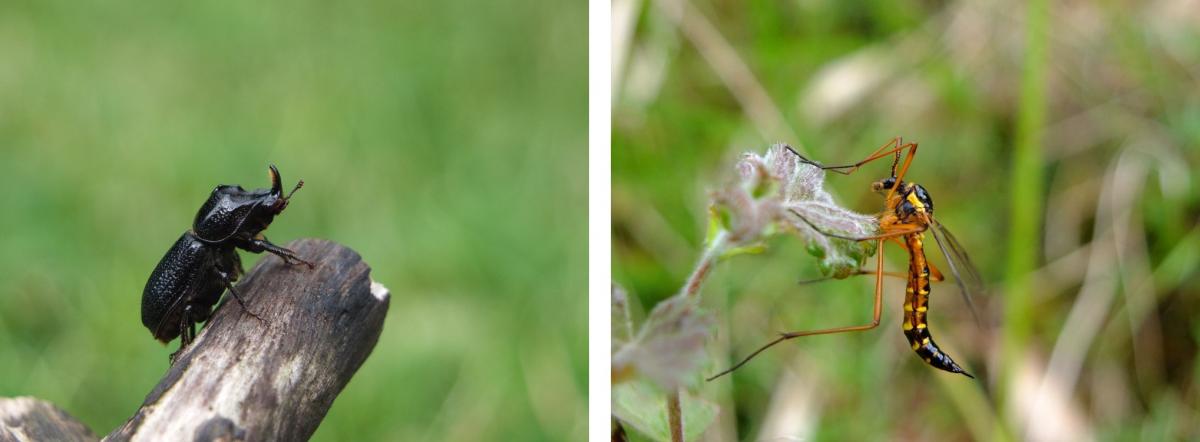
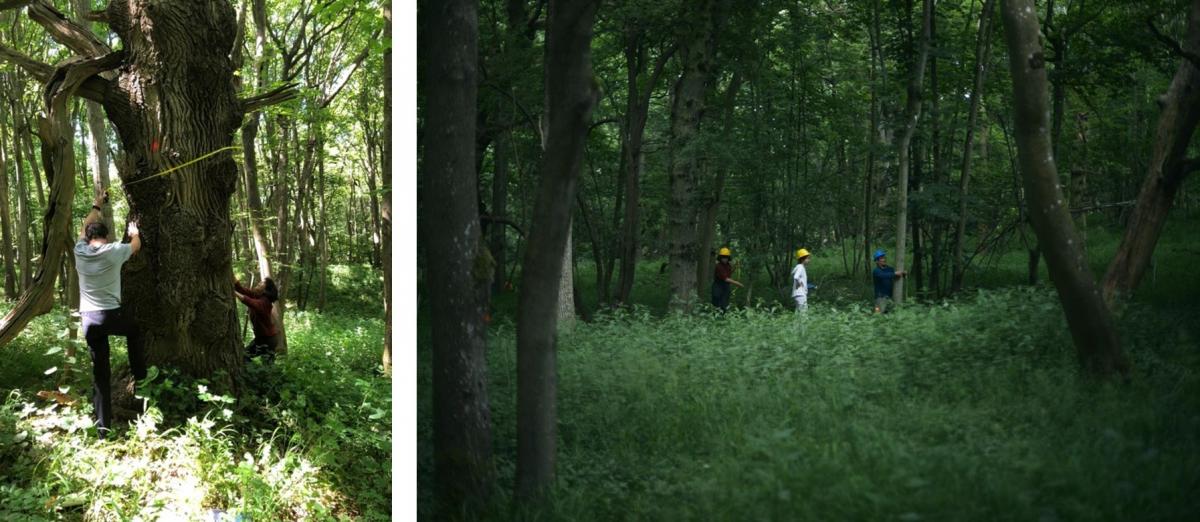
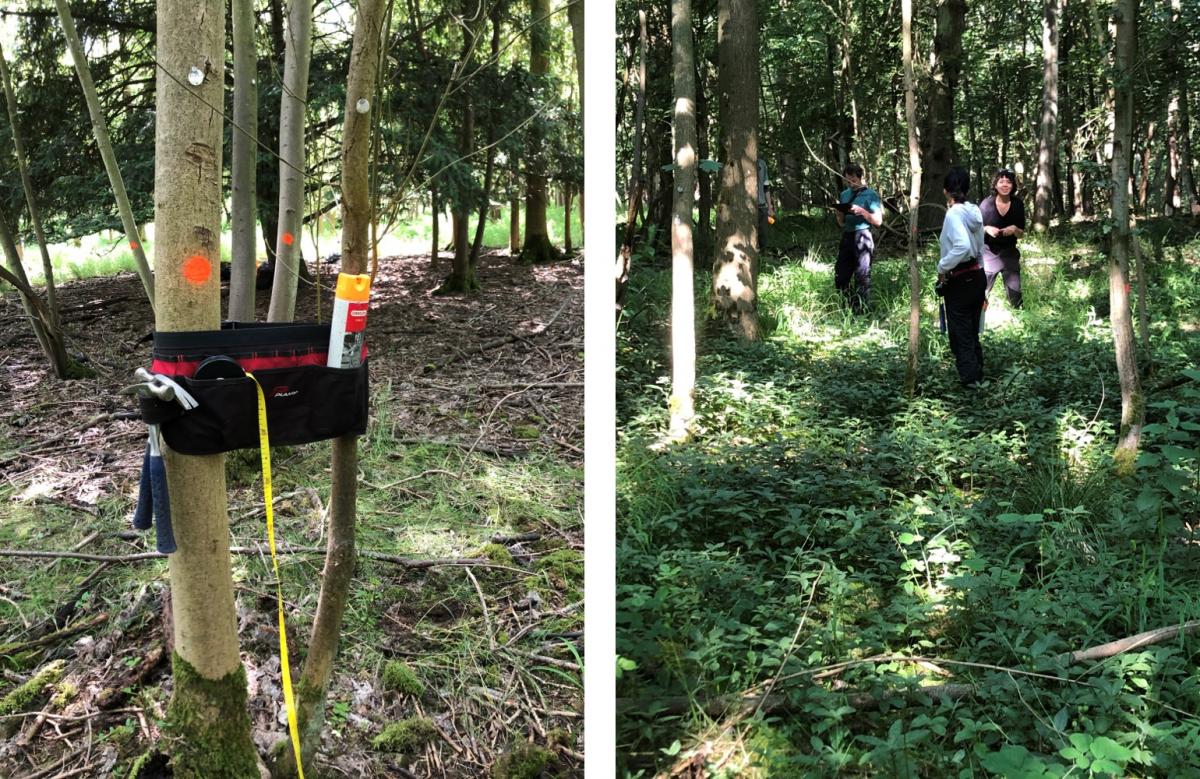

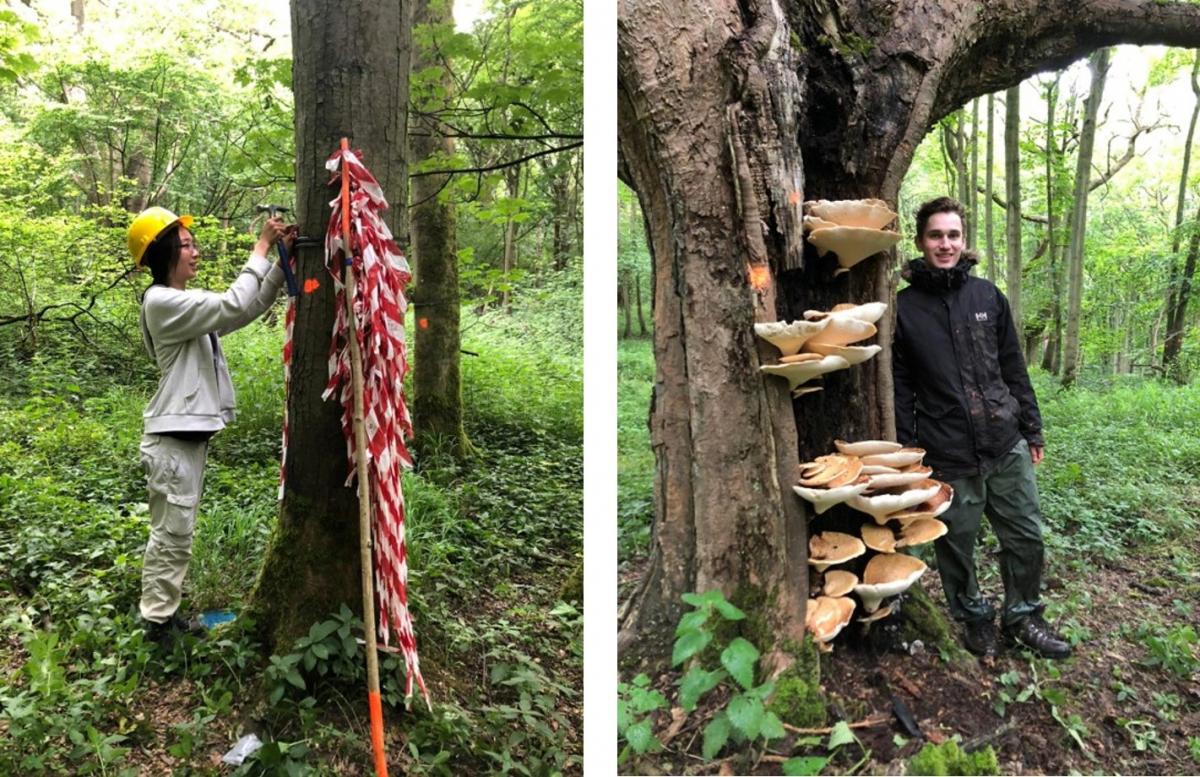
Photo credit: Walter Huaraca Huasco
